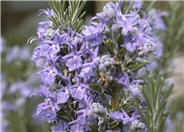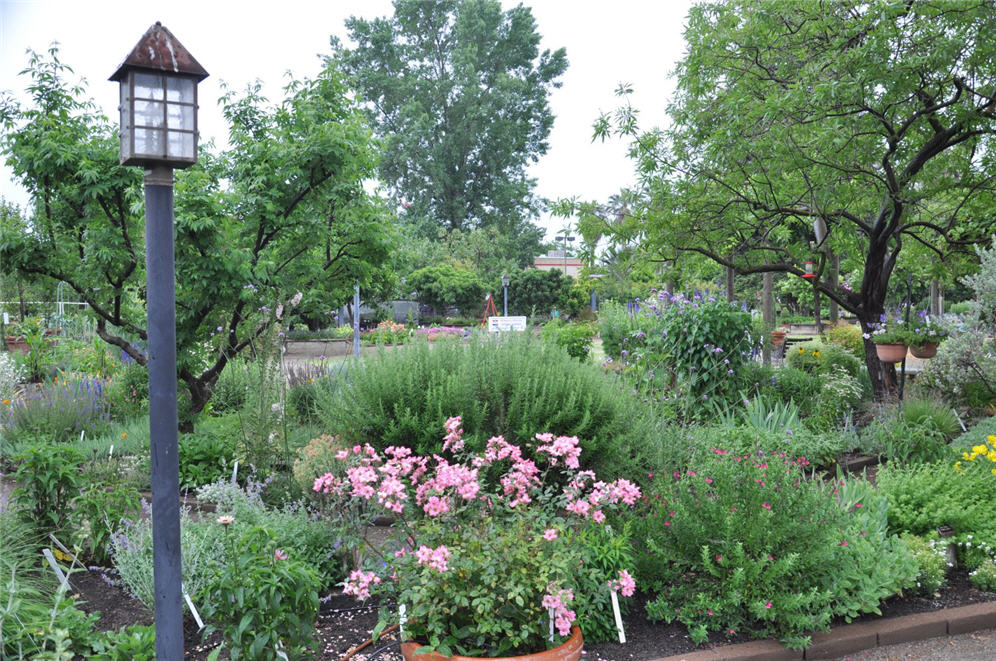
Common name:Sweet Pea Shrub
Botanical name:Polygala X dalmaisiana
This evergreen shrub grows 3'-5' tall. Its leaves are gray green and narrow. Flowers produced are pea-like, with a purplish-pink color from summer through fall. Flowers are great in arrangements. This is a great plant if you need color quickly. Plants are not long lasting but worth the effort. Prune in winter to tidy this shrub.

Common name:Tuscan Blue Upright Rosemary
Botanical name:Rosmarinus officinalis 'Tuscan Blue'
The Upright Rosemary is an upright shrub that grows 3'-6' tall. It has dark green leaves and bright showy lavender-blue flowers throughout the year. This shrub is drought tolerant and attracts butterflies. -Cornflower Farms

Common name:Common Foxglove
Botanical name:Digitalis purpurea
This biennial Foxglove will reach 3'-4' tall when blooming in the early summer. The large spire of huge, bell-shaped flowers ranges from purple to pink to cream with purple specks. Large, textured leaves form an attractive rosette until bloom time. This plant likes a moist, filtered-sun area similar to the Lobelias and Columbines. -Holland Wildflower Farm

Common name:Shrub Rose
Botanical name:Rosa Shrub varieties
The dark green, heavily veined leaves of this bushy shrub are strong support for the pure white or pink, nearly double flowers it produces. This is a very tolerant, heavily scented plant with an impressive fall color. Also, large hips appear intermittently with this plant.

Common name:Bearded Iris
Botanical name:Iris Bearded Hybrids
This perennial will grow 1'-3' tall and has medium sized, blue green leaves with flowers of different colors that bloom in spring. It needs well draining soil and full sun. Many are fragrant and rebloom in the fall. Plant rhizomes in Sept or Oct. They need water once a week during the hot spells. Top dress with compost and gypsum in January and August.
| Designer: Cooperative Extension | Garden of Wonder |
Photographer: GardenSoft |
Soils and Compost:
Practice grass-cycling by leaving short grass clippings on lawns after mowing, so that nutrients and organic matter are returned to the soil.
Water Saving Tip:
Check the soil's moisture level before watering.
You can reduce your water use 20-50% by regularly checking the soil before watering.
Integrated Pest Management:
Drip and other smart irrigation delivers water directly to roots, allowing no excess water for weeds.
